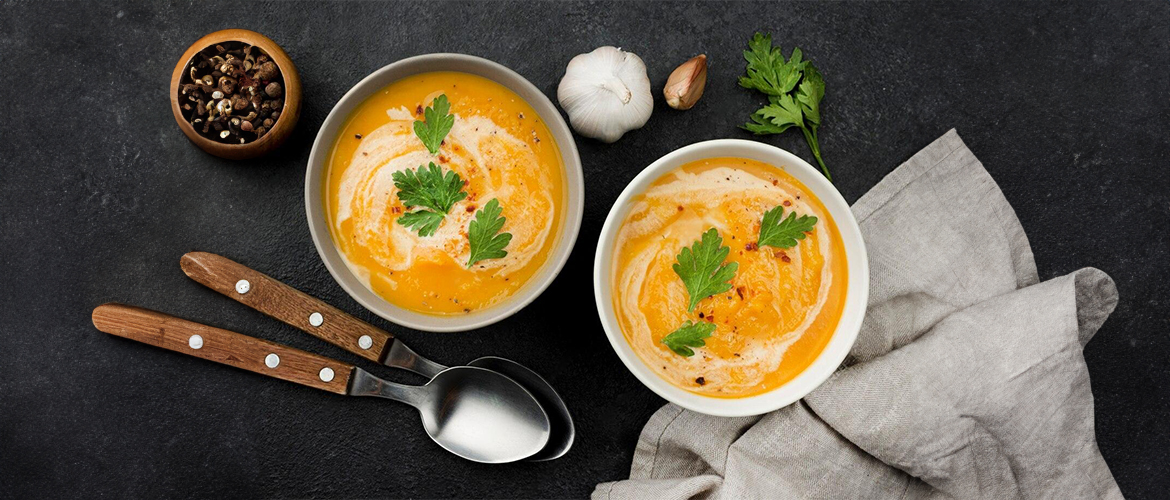With a limited number of ingredients, soups may sound quite simple and instant, but they are kind of complicated. You cannot make soup by just adding ingredients to one pan and boiling them. From choosing the right ingredients to setting the flame level, making soup requires a lot of time. While knowing how to do it, you must also know the ‘not-to-do things’ to get the perfect soup. Read on to learn the 5 common mistakes you should avoid while making soup.
Overcooking the Vegetables
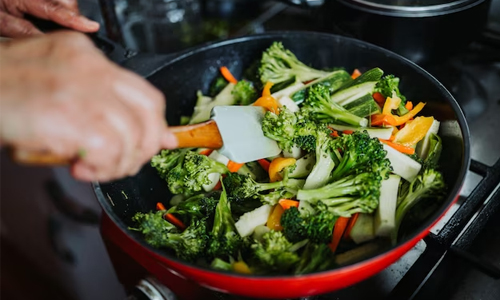
Besides diffusing healthy nutrients into the soups, vegetables add more aroma and taste. Having the bite-sized crunchy veggie in the soup will make you sip it again and again. However, if you want fresh bites, the vegetables should not be overcooked or undercooked. So, it is important to understand the boiling point of every vegetable.
- For example, root vegetables like potatoes, carrots, and beets take much to boil so it is better to add them in the beginning.
- For firm veggies like green beans, corn, peppers, and celery 20 mins is enough to boil them.
- If you have greens and soft veggies like squash, add them a few minutes before you bring them off the stove.
Do you like quick bites, check out the quick and tasty office lunch box recipes.
Simmer and Do Not Boil
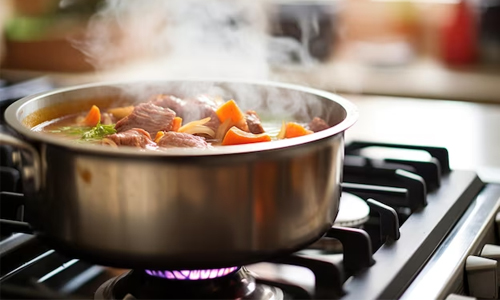
Do not follow the same curry process to make soup. For curry, you may need to boil it on high heat, whereas soup doesn’t need that. There is a reason why cooking soups is a slow process. Simmering the soup allows the sugar to break down, the acids to cook off, and the vegetables and meat to absorb the spices and herbs.
Overboiling ruins the flavor of the soup. Instead, simmer the soup on a low flame so the vegetables don’t become mushy and lose their flavor.
Not Getting the Seasoning Right
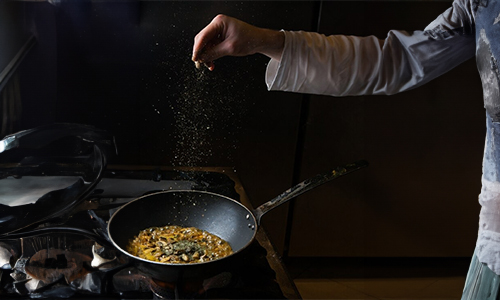
Seasoning might sound like an additional ingredient, but that is what gives the spicy touch. Salt and pepper—minimum and basic requirements; adding them during the process could allow the soup to blend well. Using spices and herbs will increase the rich flavor of the soup. Moreover, letting the soup boil to a simmer will make the spices infuse through all the vegetables. If you are preparing an East Asian soup, add native spices like ginger, hot peppers, and garlic. For Indian soup, add coriander, black pepper, and masalas. For the Mediterranean soups, add parsley and basil. You can also try some fresh minced herbs or dried herbs to add more punch.
Adding Tomatoes before the Vegetables, Pulses, or Beans Boil
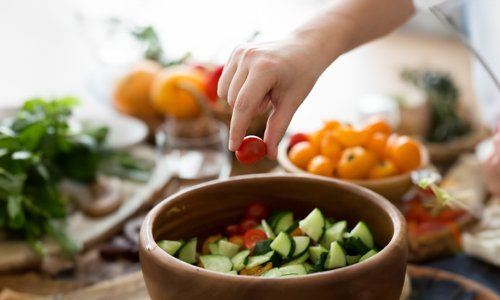
Acidic veggies are a must to balance the flavor of soup. Including tomatoes or citrus fruit will enhance the taste, but it should be added after the vegetables are boiled. Other tomatoes may retain the rawness of vegetables. The acidity of the tomatoes prevents the vegetables from cooking. So add them near the end, after all the remaining ingredients have been cooked.
Not Using a Pressure Cooker
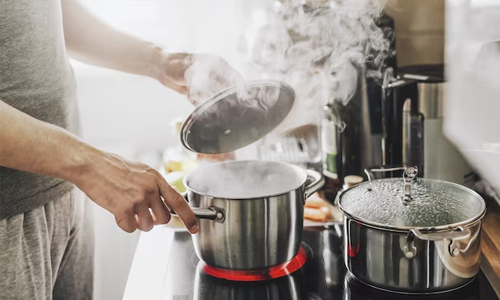
A pressure cooker helps you make your soup faster than you can even imagine. Don’t be scared. As long as you follow all the safety instructions, you’ll be fine. You will never stop using one once you’ve had a go at it.
After knowing the common mistakes to avoid while preparing soups, we are sure that you will follow these instructions to make a better one. Also, if you love quick recipes, read to know simple and healthy snack recipes to munch on.

